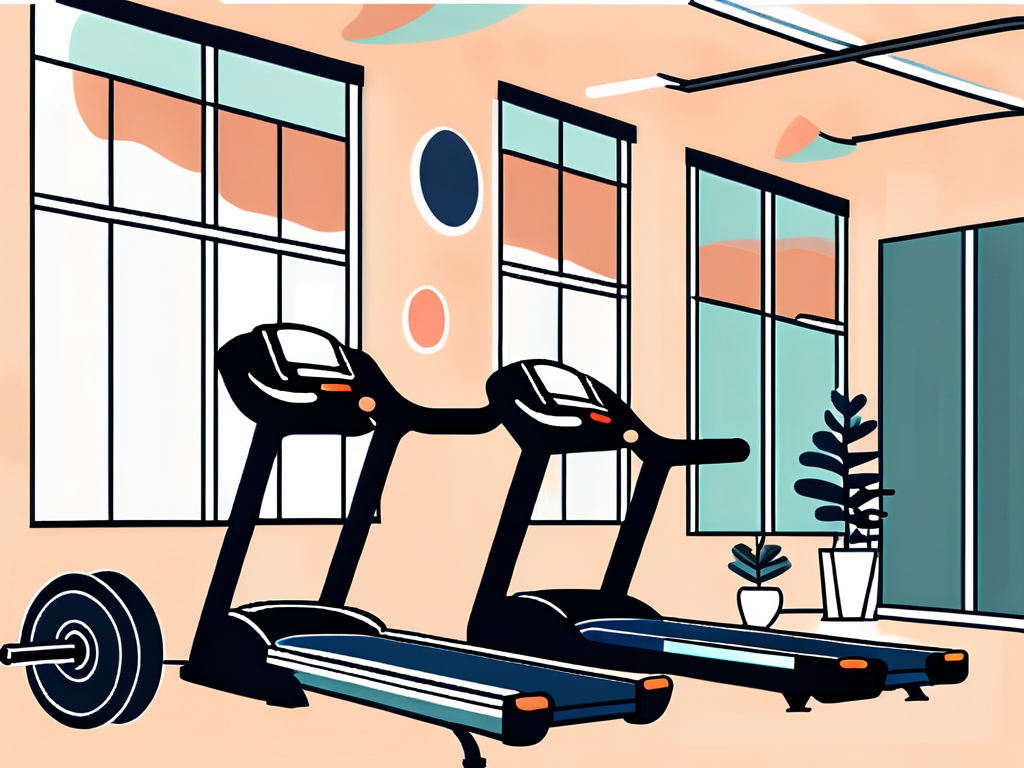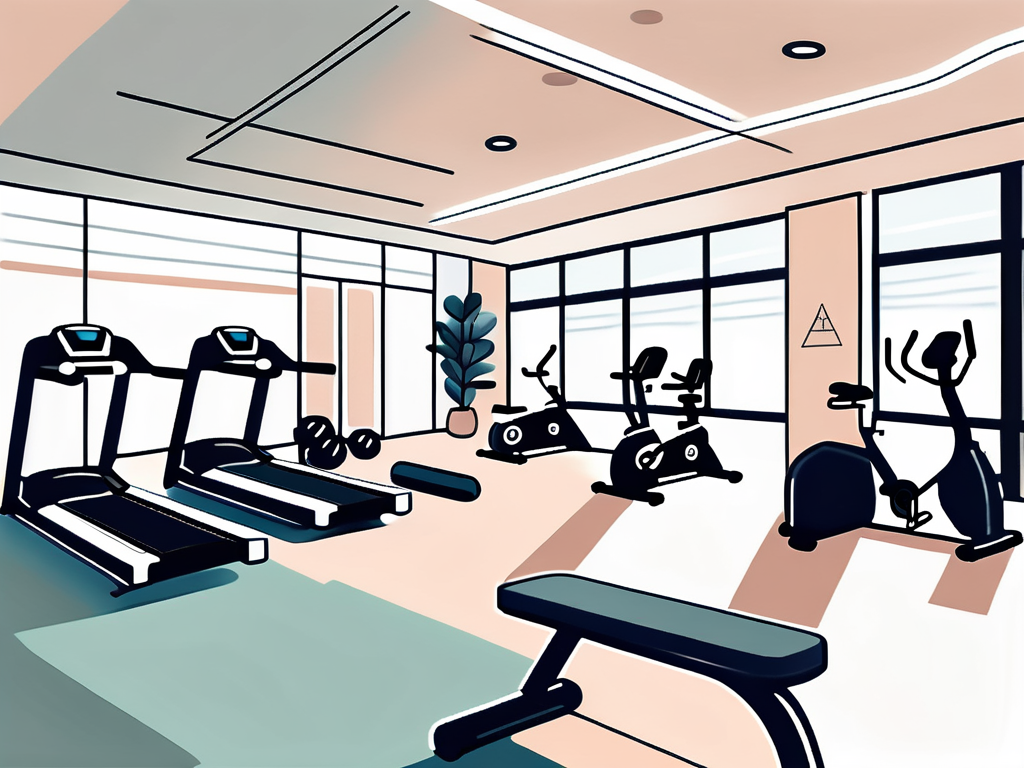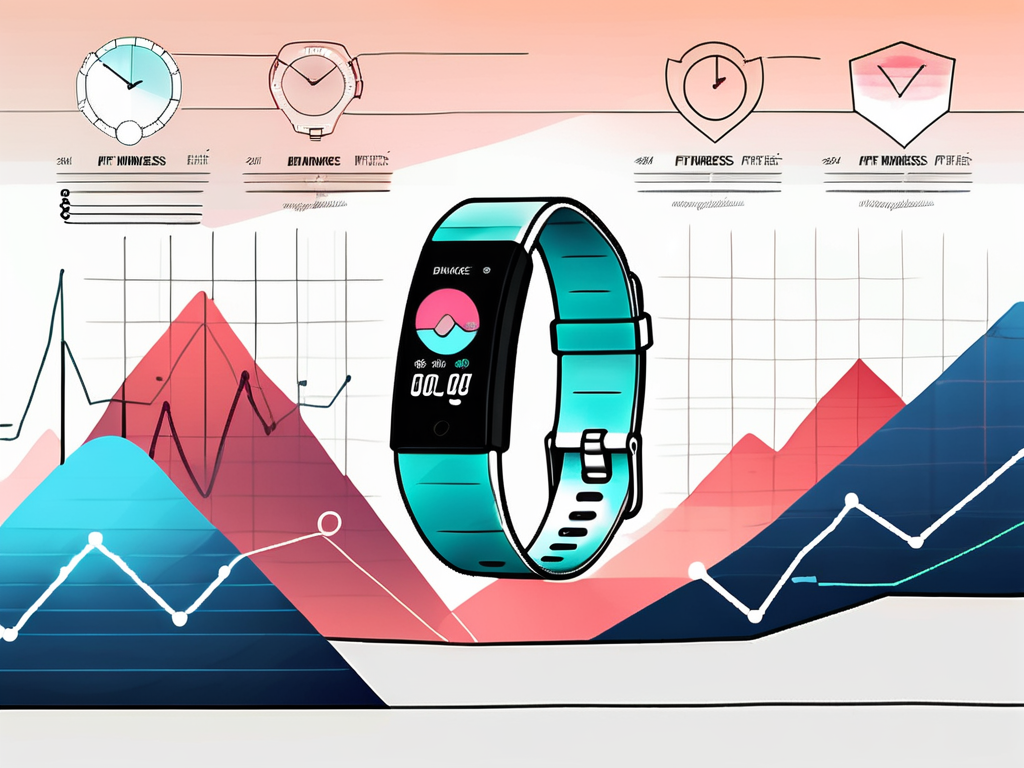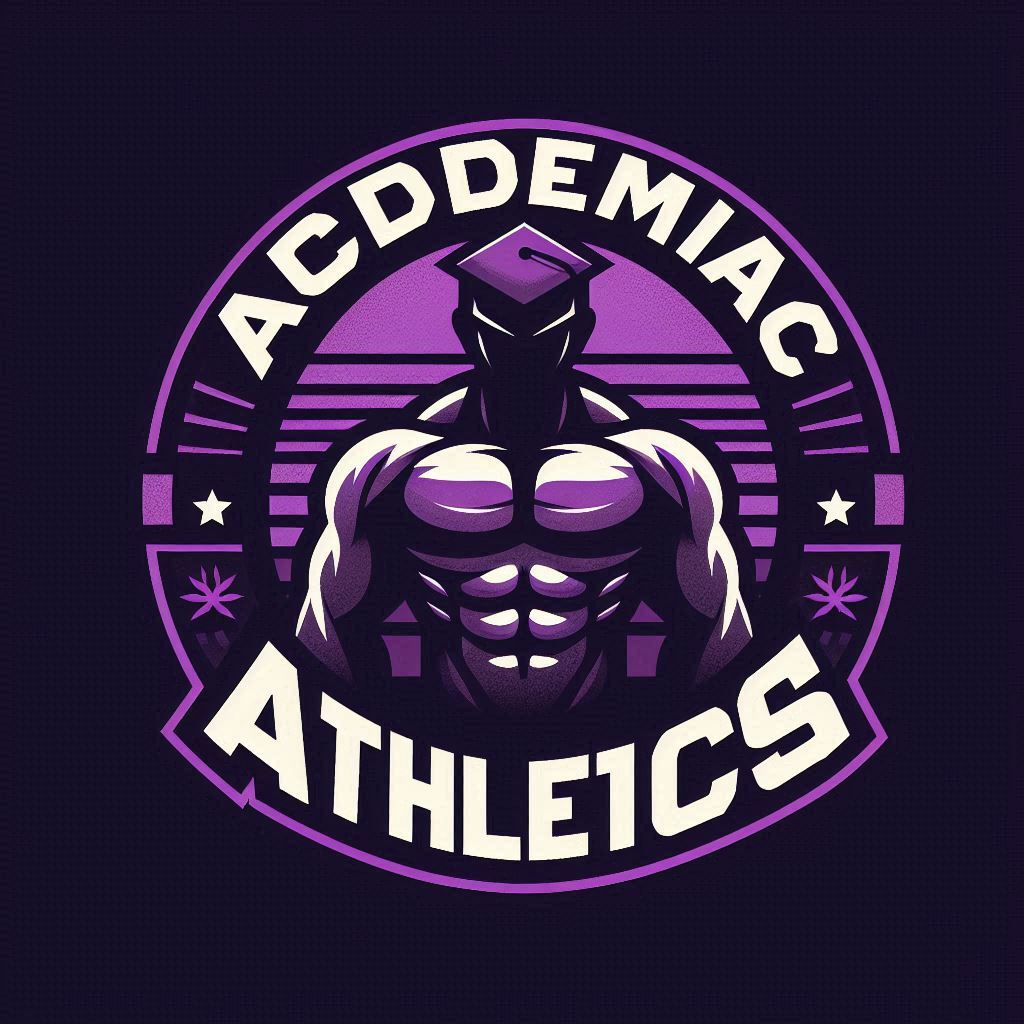Embarking on a fitness journey can be both exciting and overwhelming, especially if you’re new to the gym. With rows of intimidating equipment, unfamiliar jargon, and the fear of committing embarrassing faux pas, it’s understandable why some might feel hesitant about stepping foot inside a fitness center. However, fear not! In this comprehensive guide, we will walk you through everything you need to know as a beginner at the gym, from understanding gym etiquette to creating a balanced workout routine and tracking your progress.
Understanding the Basics of Gym Etiquette
Respect for Equipment and Spaces
When it comes to using gym equipment, it’s crucial to treat each item with respect. Be mindful of wiping down machines after use to maintain cleanliness and hygiene, as a considerate gym-goer shows care not only for themselves but for others too. Additionally, always rerack your weights and return any other equipment to their designated spots. By doing so, you ensure that the gym remains tidy and safe for everyone.
Furthermore, it’s important to handle gym equipment with care to prevent damage. Avoid dropping weights or slamming equipment, as this can not only be disruptive to others but also lead to wear and tear on the machines. By using equipment properly and gently, you contribute to the longevity of the gym’s resources, ensuring that they remain in good condition for all users.
Interacting with Other Gym-goers
The gym is a shared space, and being aware of your surroundings is essential. When using communal areas like locker rooms, be mindful of others’ personal space and keep conversations at a reasonable volume. If someone is using a piece of equipment you’re interested in, politely ask if you can work in sets together. Remember, politeness and respect go a long way in fostering a positive gym atmosphere.
In addition to being respectful of others’ space, it’s also important to be aware of gym etiquette when it comes to sharing equipment. If you notice someone waiting to use a machine you’re on, be mindful of your rest times between sets. Allowing others to work in or alternating sets with them demonstrates courtesy and consideration for fellow gym-goers, creating a harmonious environment for everyone to enjoy their workout.
Decoding Gym Jargon
Common Terms and Phrases
Walking into the gym can feel like entering a whole new world with its unique language. To help you feel more confident, let’s go over some common gym terms and phrases that you’re likely to encounter:
- Reps: Short for repetitions, referring to the number of times you perform an exercise before taking a rest.
- Sets: A set is a group of repetitions. For example, performing 10 reps of squats and then resting would be considered one set.
- Spotter: A spotter is a person who assists you during exercises that may require extra support or supervision, such as heavy weightlifting.
Understanding these terms is essential for effective communication in the gym. For instance, when someone asks you how many reps you have left, they are inquiring about the number of repetitions you have remaining before taking a break. Being familiar with these terms will help you navigate the gym environment with ease and confidence.
Types of Exercise and Equipment
Understanding the different types of exercise and equipment available at the gym will help you navigate your way around effectively. There are typically three main categories:
- Cardiovascular/exercise machines: These machines focus on raising your heart rate and improving endurance, such as treadmills, stationary bikes, and ellipticals.
- Resistance/strength training machines: These machines target specific muscle groups and provide resistance for strength building, such as leg press machines and chest fly machines.
- Free weights: These include dumbbells, barbells, and kettlebells, offering a versatile range of exercises that engage multiple muscle groups simultaneously.
Each category of exercise and equipment serves a unique purpose in your fitness journey. Cardiovascular machines are excellent for improving cardiovascular health and burning calories, while resistance/strength training machines help you target specific muscle groups for strength and muscle building. Free weights, on the other hand, provide a more functional approach to training, allowing for a wide range of movements and engaging multiple muscle groups simultaneously.
By familiarizing yourself with the different types of exercise and equipment available, you can create a well-rounded workout routine that suits your goals and preferences. Whether you prefer the intensity of cardio machines, the controlled movements of resistance training machines, or the versatility of free weights, the gym has something for everyone.
Creating a Balanced Workout Routine
Importance of Mixing Cardio and Strength Training
A well-rounded workout routine combines both cardiovascular exercise and strength training. Cardiovascular exercises, such as running or cycling, help improve heart health and burn calories. On the other hand, strength training exercises, like weightlifting, build muscle, increase bone density, and boost metabolism. Striking a balance between the two can help you achieve overall fitness and prevent monotony in your workouts.

Additionally, incorporating flexibility and mobility exercises into your routine can help improve your range of motion, reduce the risk of injury, and enhance your overall performance. Activities like yoga, Pilates, or dynamic stretching can complement your cardio and strength training, creating a comprehensive approach to fitness.
How to Structure Your Workout
The structure of your workout depends on your goals and fitness level. As a beginner, it’s advisable to start with a full-body routine two to three times per week, allowing for a day of rest between sessions. Incorporate exercises that target major muscle groups such as legs, back, chest, arms, and core. As you progress, you can explore split routines, focusing on specific muscle groups on different days, or seek guidance from a personal trainer to tailor a program that suits your needs.
Remember to include warm-up and cool-down sessions in your workout to prepare your body for exercise and aid in recovery. Warm-ups can consist of light cardio, dynamic stretches, and mobility drills, while cool-downs may involve static stretching and foam rolling to reduce muscle soreness and improve flexibility. Listening to your body, staying hydrated, and getting an adequate amount of rest are also crucial components of a well-rounded workout routine.
Nutrition and Hydration for Gym Beginners
Pre and Post Workout Nutrition
Fueling your body with the right nutrients is crucial for optimizing your gym performance and recovery. Prior to a workout, consume a balanced meal or snack containing carbohydrates for energy and a source of protein for muscle repair. Examples of good pre-workout snacks include a banana with almond butter or Greek yogurt with berries. These options provide a mix of carbohydrates for quick energy and protein for sustained muscle support.
Additionally, post-workout nutrition is equally important. After your workout, prioritize replenishing your body with a post-workout meal rich in protein to aid in muscle recovery. Consider options like a protein shake with fruit, a turkey and avocado wrap, or a quinoa salad with grilled chicken. These choices help repair and rebuild muscle tissue, promoting faster recovery and growth.
Importance of Staying Hydrated
Hydration plays a vital role in your gym experience, as water is essential for numerous bodily functions. During exercise, you lose water through sweat, which must be replenished to prevent dehydration. Proper hydration levels can improve performance, regulate body temperature, and support nutrient transport throughout the body. Ensure you drink water before, during, and after your workout to stay adequately hydrated.
Pay attention to your body’s signals and remember that everyone’s hydration needs vary, so adjust accordingly. Factors such as workout intensity, duration, and environmental conditions can impact how much water you need. Electrolyte-rich beverages or coconut water can also be beneficial for replenishing lost minerals during intense exercise sessions. Remember, staying hydrated is key to feeling your best and performing at your peak in the gym.
Safety Tips for Gym Newbies
Proper Use of Gym Equipment
While the gym is an excellent place to challenge yourself physically, it’s essential to prioritize safety. Familiarize yourself with proper form and technique for each exercise to reduce the risk of injury. If you’re uncertain, seek guidance from a qualified fitness professional to ensure you perform exercises safely and effectively. Remember, it’s better to start with lighter weights and progress gradually than to push beyond your limits and risk injury.
Additionally, when using gym equipment, always remember to adjust the settings to fit your body size and fitness level. Improperly adjusted equipment can lead to ineffective workouts and potential injuries. Take the time to understand how each machine works and ask for assistance if needed. Your safety and well-being should always come first when working out at the gym.
Importance of Warm-up and Cool-down
Before diving into your workout, dedicate time to warm up your muscles and prepare your body for exercise. A warm-up routine could include dynamic stretches, light aerobic activity, and mobility exercises. Similarly, after your workout, take the time to cool down and stretch to promote muscle recovery and prevent stiffness. Prioritizing warm-ups and cool-downs will help optimize your gym sessions and minimize post-workout soreness.
Moreover, incorporating foam rolling into your cool-down routine can further aid in muscle recovery by reducing muscle tension and improving blood flow. Foam rolling helps release tight spots in the muscles, enhancing flexibility and range of motion. Remember, taking care of your body before and after your workout is just as important as the workout itself. Make it a habit to include warm-ups, cool-downs, and foam rolling in your gym routine for overall better fitness results.
Overcoming Gym Anxiety
Tips for Feeling More Comfortable at the Gym
Gym anxiety is a common feeling for beginners, but it shouldn’t deter you from reaching your fitness goals. Here are some tips to help you feel more comfortable:

- Start with a familiar exercise: Begin your gym journey by performing exercises you’re comfortable with and gradually incorporate new ones.
- Go during off-peak hours: If you prefer a less crowded environment, try going to the gym during less busy times of the day.
- Bring a workout buddy: Having a supportive friend or family member by your side can provide motivation and make the experience more enjoyable.
Another helpful tip is to familiarize yourself with the gym layout and equipment before starting your workout. This can help reduce any feelings of uncertainty or confusion, making your gym experience more comfortable and enjoyable. Additionally, consider setting specific and achievable goals for each workout session to give yourself a sense of direction and accomplishment.
Dealing with Gym Intimidation
Feeling intimidated at the gym is natural, but it’s important to remember that everyone started somewhere. Remind yourself that the focus should be on your own progress and not on comparing yourself to others. Don’t hesitate to ask for assistance when needed and remember that everyone at the gym is there to better themselves, just like you.
Furthermore, consider incorporating mindfulness techniques into your gym routine to help manage feelings of intimidation or self-doubt. Practicing deep breathing or visualization exercises can help center your mind and boost your confidence as you navigate through your workout. Remember, the gym is a place for personal growth and improvement, so embrace the journey and celebrate your progress along the way.
Tracking Your Progress
Setting Realistic Fitness Goals
Setting achievable fitness goals is crucial for progressing on your gym journey. Whether it’s running a certain distance, lifting a particular weight, or simply feeling healthier, identify what you want to accomplish and set realistic targets. By doing so, you can track your progress, celebrate milestones, and stay motivated along the way.

When setting fitness goals, it’s important to consider the SMART criteria: Specific, Measurable, Achievable, Relevant, and Time-bound. This framework helps ensure that your goals are clear and attainable, increasing the likelihood of success. For example, instead of setting a vague goal like “get fit,” a SMART goal would be “run a 5k in under 30 minutes within 3 months.” This specificity provides a clear target to work towards.
Methods for Measuring Improvement
There are various ways to measure your progress at the gym beyond the numbers on the scale. Consider using methods such as tracking your body measurements, taking progress photos, or recording your performance in certain exercises. Noticing improvements, even small ones, can boost your confidence and reinforce your dedication to a healthy lifestyle.
Another effective method for measuring improvement is keeping a workout journal. By logging your exercises, sets, reps, and weights, you can track your strength gains and endurance progress over time. This data can help you identify trends, adjust your workouts accordingly, and set new goals to continue challenging yourself.
Remember, starting at the gym as a beginner is an exciting opportunity to improve your health and well-being. By acquainting yourself with gym etiquette, understanding the jargon, creating a balanced workout routine, prioritizing nutrition and hydration, focusing on safety, and managing gym anxiety, you’ll be well on your way to achieving your fitness goals. Embrace this new chapter, stay consistent, and enjoy your gym experience!
